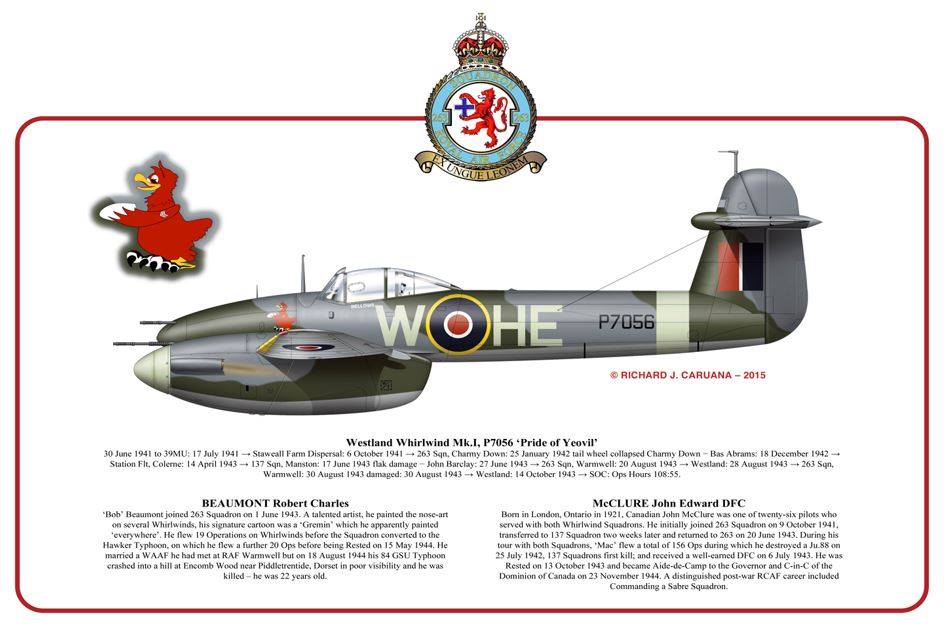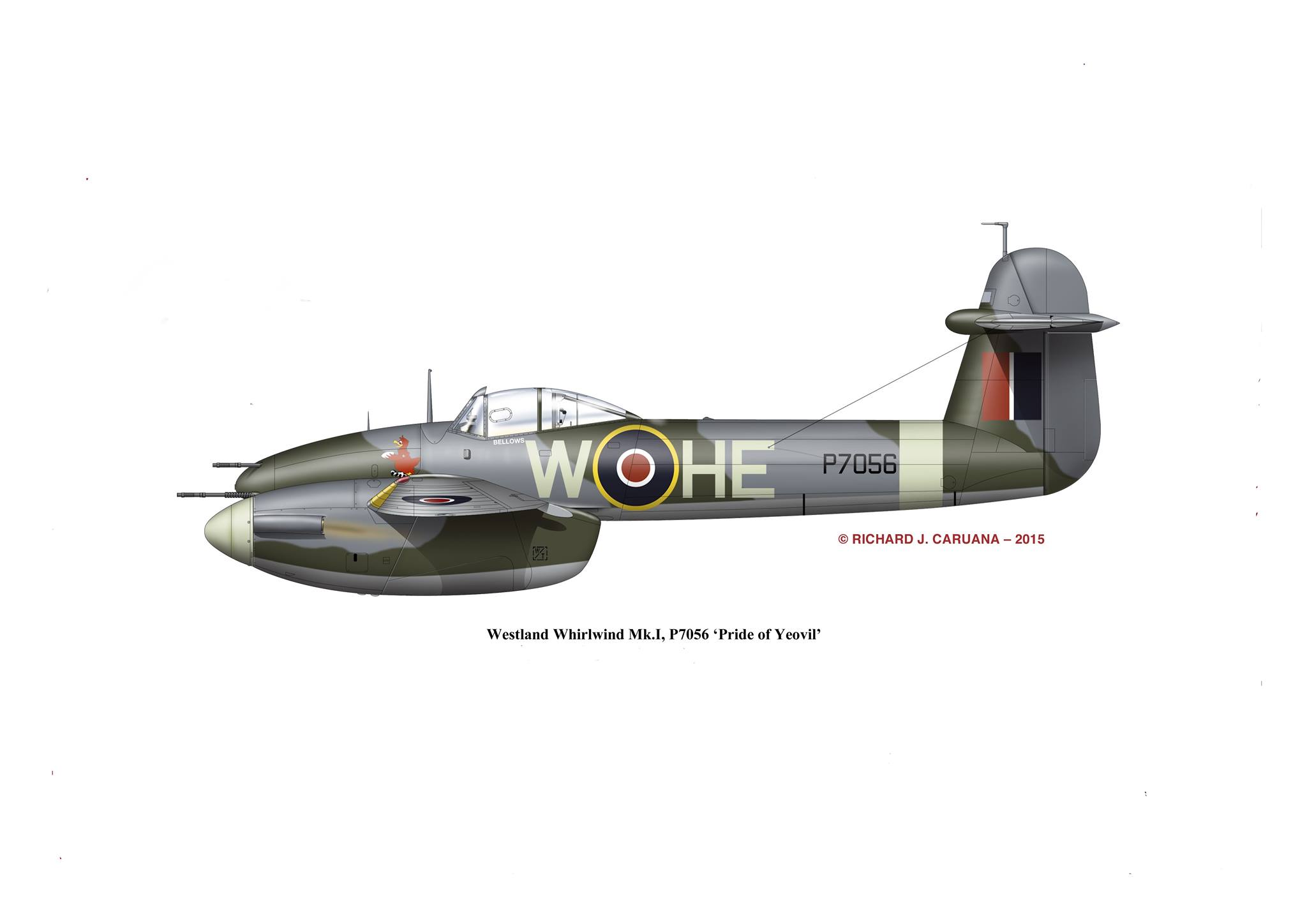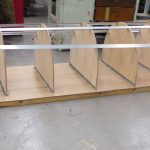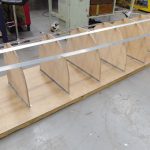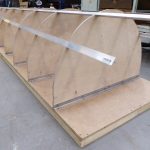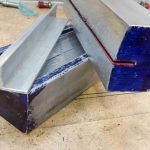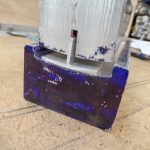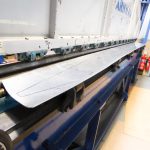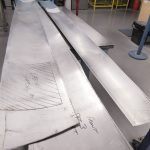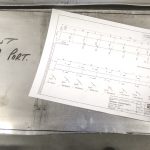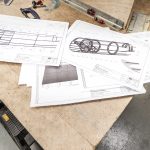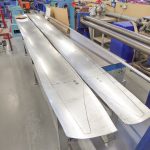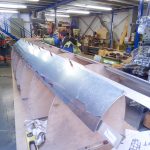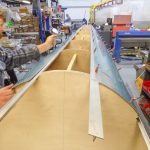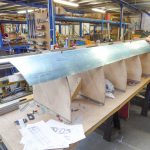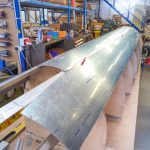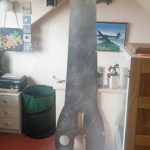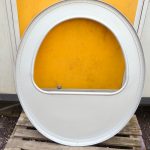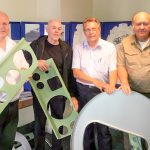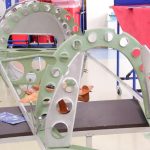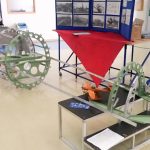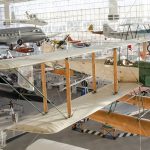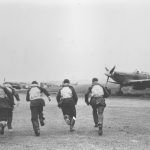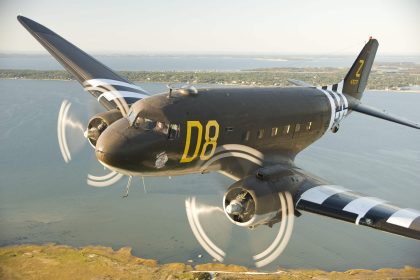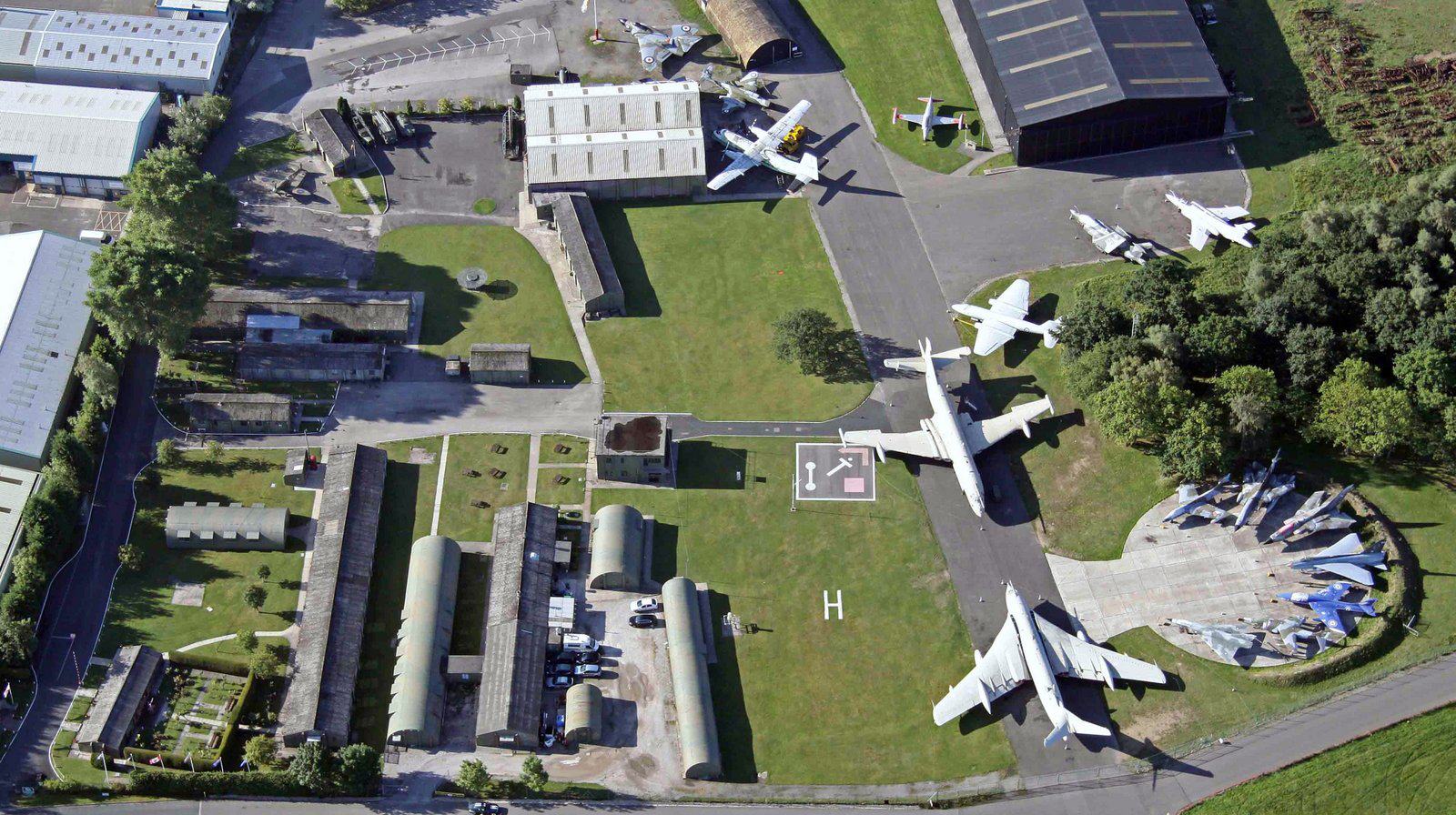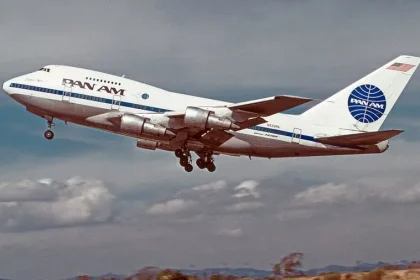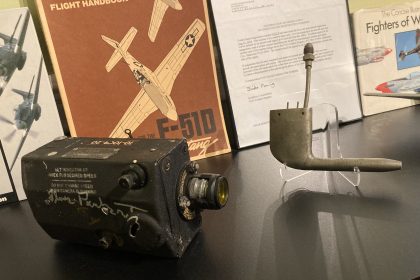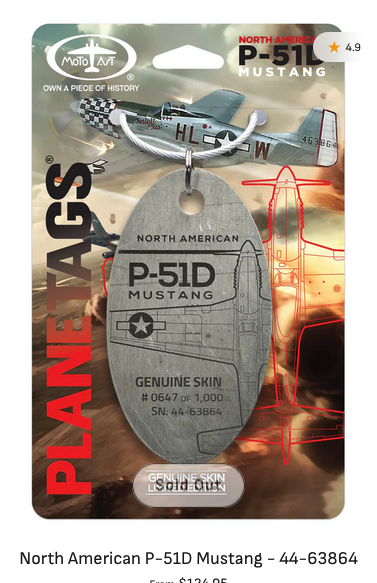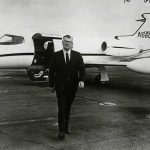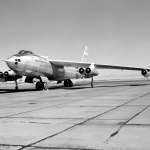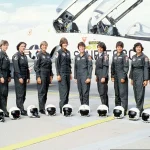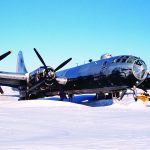The Westland Whirlwind was a remarkable twin-engined fighter which served Britain’s Royal Air Force during the early stages of WWII. The type had great promise, being one of the fastest fighters of its day when it flew for the first time in October, 1938. With a top speed of 360mph at 15,000′, it had a potent armament suite as well, wielding four 20mm cannon in the nose. Unfortunately, the type fell victim to teething problems, especially with its Rolls-Royce Peregrine engines; other aircraft types eventually superseded the Whirlwind in its intended roles. Production ceased in January, 1942, with the RAF retiring their fleet in December, 1943. Just over a hundred Whirlwinds served in the RAF, which fielded three squadrons of the type (Nos.25, 137 and 263), largely in ground and maritime attack roles. Sadly the type is now extinct, with the last complete airframe going to the scrappers during the late 1940s. Even so, the Whirlwind maintains a cult following within the historical aviation community, and its absence in any museum represents an important gap with respect to telling the complete history of the air war in Britain during WWII. The Whirlwind Fighter Project hopes to address this issue, and is already well on the way with the construction of a brand new fuselage. They have started a fund-raising effort to help them reach fruition, so please do click HERE to help if you can. To fill us in on the details with the project’s progress so far, the British-based team’s Chris Hayward picks up the story here…
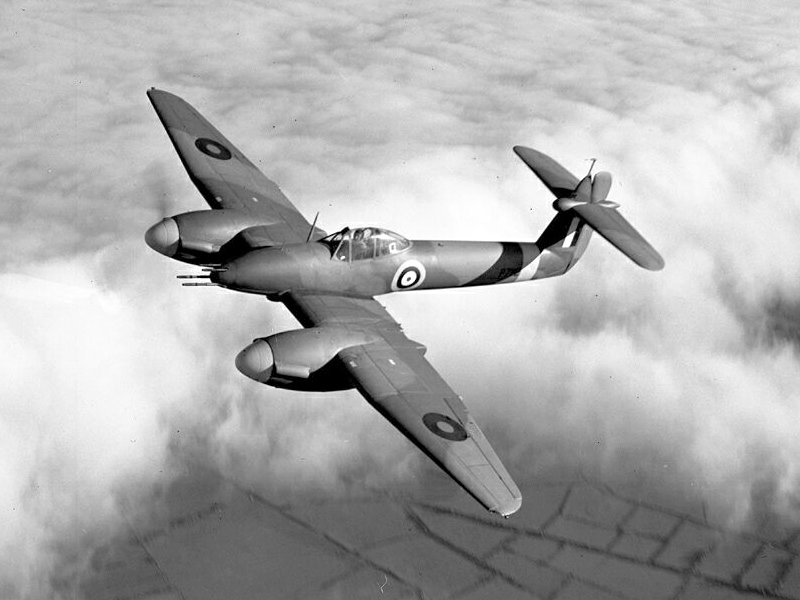
The Whirlwind Fighter Project
by Chris Hayward
Back in the mid-fifties my Dad decided that I should have a hobby of some kind, so he went into Woolworths in Clapham and brought one of those plastic kits that you could get in a plastic bag and if I remember rightly cost about ‘2 bob’ or just 20 pence to younger readers born after currency decimalization in 1970. My dad also brought a tube of polystyrene glue – which if inhaled a little too much over the period of construction, often made one light headed!
This model kit turned out to be the Supermarine Spitfire Mk.I. Many a young lad at the time started on this aircraft. All went well under my dad’s guidance, until we got to the bit of card with all the markings on it. A great deal of head scratching ensued at this point until he decided that the best way to apply the markings was to cut them out with scissors and glue them to the model! It was some time before I learnt that that was not the way to do it. But this is irrelevant, because from this point on, I got hooked by plastic kits and that enthusiasm has never gone away. I remember one day going into “Woolies” and “obtaining” a model of a small twin engine RAF fighter… one which I soon became utterly fascinated with. This turned out to be remarkably charismatic, though largely unknown Westland Whirlwind Mk.I.
Sadly, the very last Whirlwind was dismantled at Westland’s factory in Yeovil, Somerset during 1947 after serving a short time as the Company hack. Rumor had it that it somehow still survived, buried under the perimeter track at the airfield, however, this is now believed untrue, as several eye witnesses remember seeing it towed down to a scrap yard a short distance away. A very sad end to what was an advanced aircraft for its time.
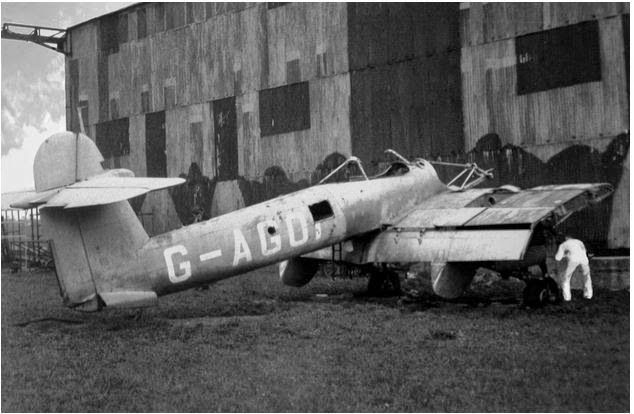
The Project
About eight years ago, there was a discussion on the Flypast forum between Stuart Hawkins, Mike Eastman, Gunnar Olsen and Matt Bearman, as to whether it was possible to build another Whirlwind. Some had tried in the past, but due to the lack of design drawings, many of which had been destroyed during a severe flood at the Yeovil factory, most considered it a nearly impossible task.
However, it turned out that Gunnar Olsen, based in Norway, had been working on a set of CAD drawings for the framework using photographs of crashed Whirlwinds. These photographs had enabled him to follow frame lines and rivet lines so that he could build up the plans in a methodical manner.
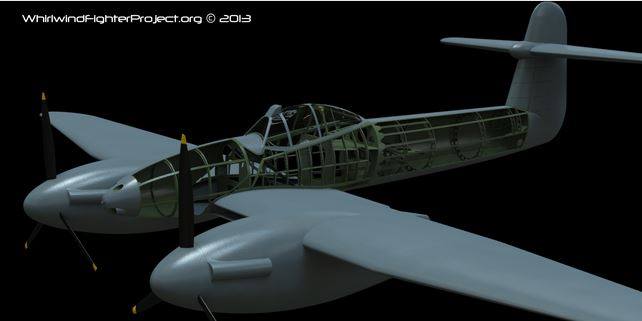
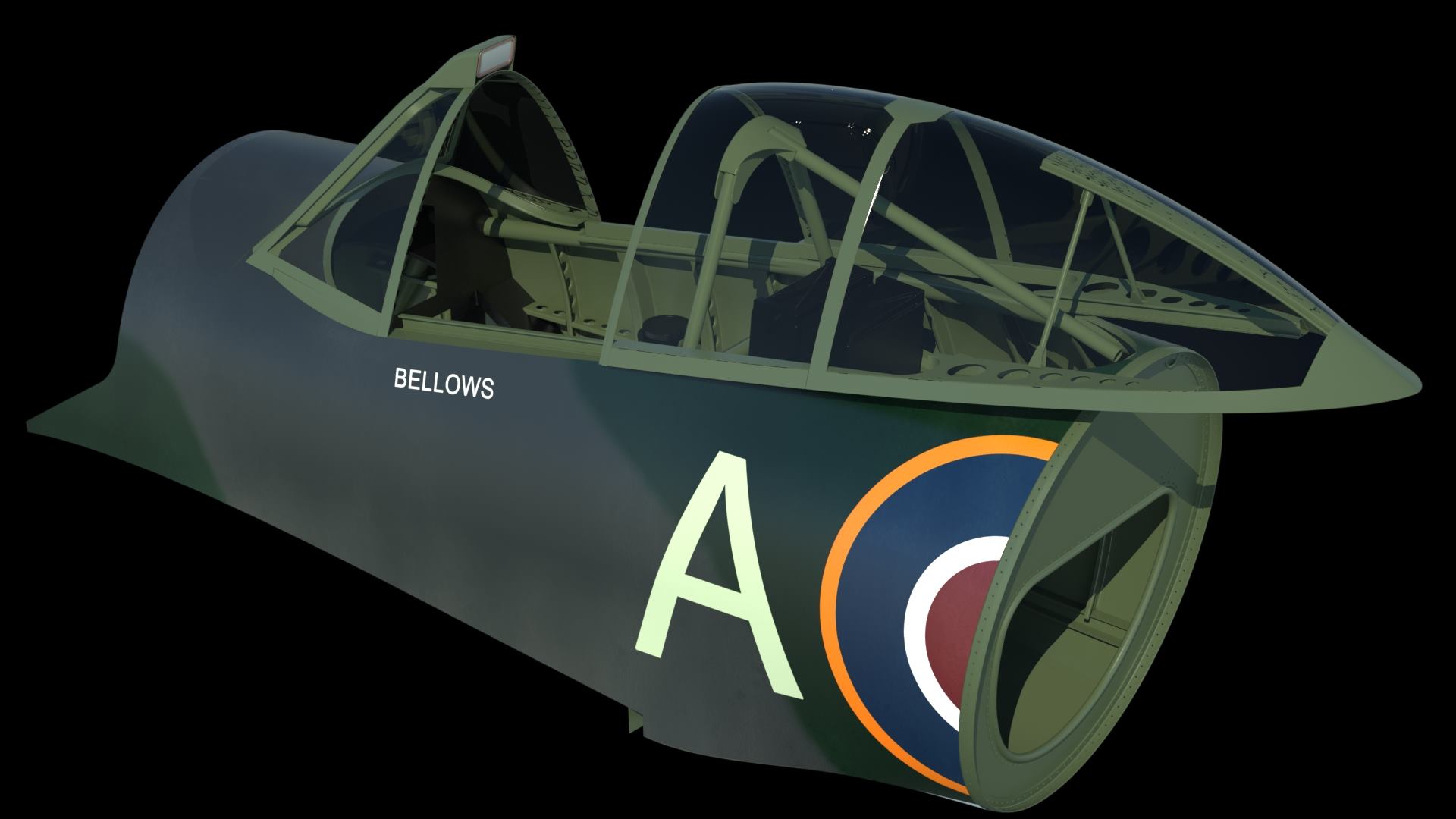
We approached the original manufacturer, Westland, to see if they would let the project have the surviving plans so that the full layout could be completed. They agreed, but only on the stipulation that the aircraft would never fly. We felt that a Whirlwind on the ground would be better than no Whirlwind at all… so we said “Yes please!”
Next we began to collect any surviving parts. However, other than some items recovered from a crash site in Scotland, there was very little remaining apart from a couple of windscreens, and various cockpit instruments common to many aircraft at the time of manufacture. There was also a small selection of parts on display at the Kent Battle of Britain Museum in Hawkinge.
The crash-remains of Whirlwind P6966 did offer up both Rolls-Royce Peregrine engines though. For those who may not have heard of this engine, Peregrines were the ultimate offshoot of the Rolls-Royce Kestrel V-12. They are exceedingly rare, however, as the Whirlwind was the only production aircraft ever to use them. Both of P6966’s Peregrines were badly damaged in the wartime crash though; furthermore, they are now in the Rolls-Royce Heritage Trust museum in Derby.
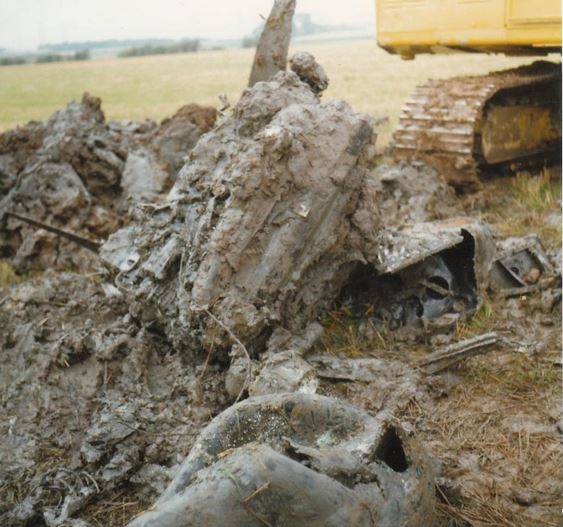
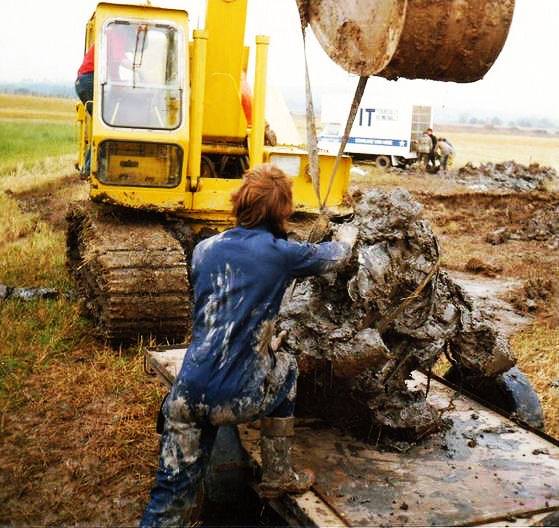
I was asked if I was prepared to do some research for the project, but soon found out that it was not one of my better ideas. I did visit the Public records office at Kew several times over several years, but when we decided to become a more formal organization, I became secretary, which I am happier about. We have progressed well, and are now in the situation of having a fuselage, partly constructed by the world-renowned Airframe Assemblies restoration shop on the Isle of Wight. Steve Vizard founded this amazing company, one which has been involved in practically every airworthy Spitfire or Bf 109 restoration in the world. It was Vizzard who carried out the original dig on P6966 in Scotland back in the 1970s, he still has a passion for the Whirlwind.
Our ultimate goal is to build a full-scale, accurate reproduction of Whirlwind Mk.I P7056 Pride of Yeovil, and the completed airframe will go on display at the Kent Battle of Museum Trust in Hawkinge. Towards that noble end, please do visit our website at www.whirlwindfighterproject.co.uk to see progress and to find out how you can help us preserve the history of this remarkable fighter aircraft.
